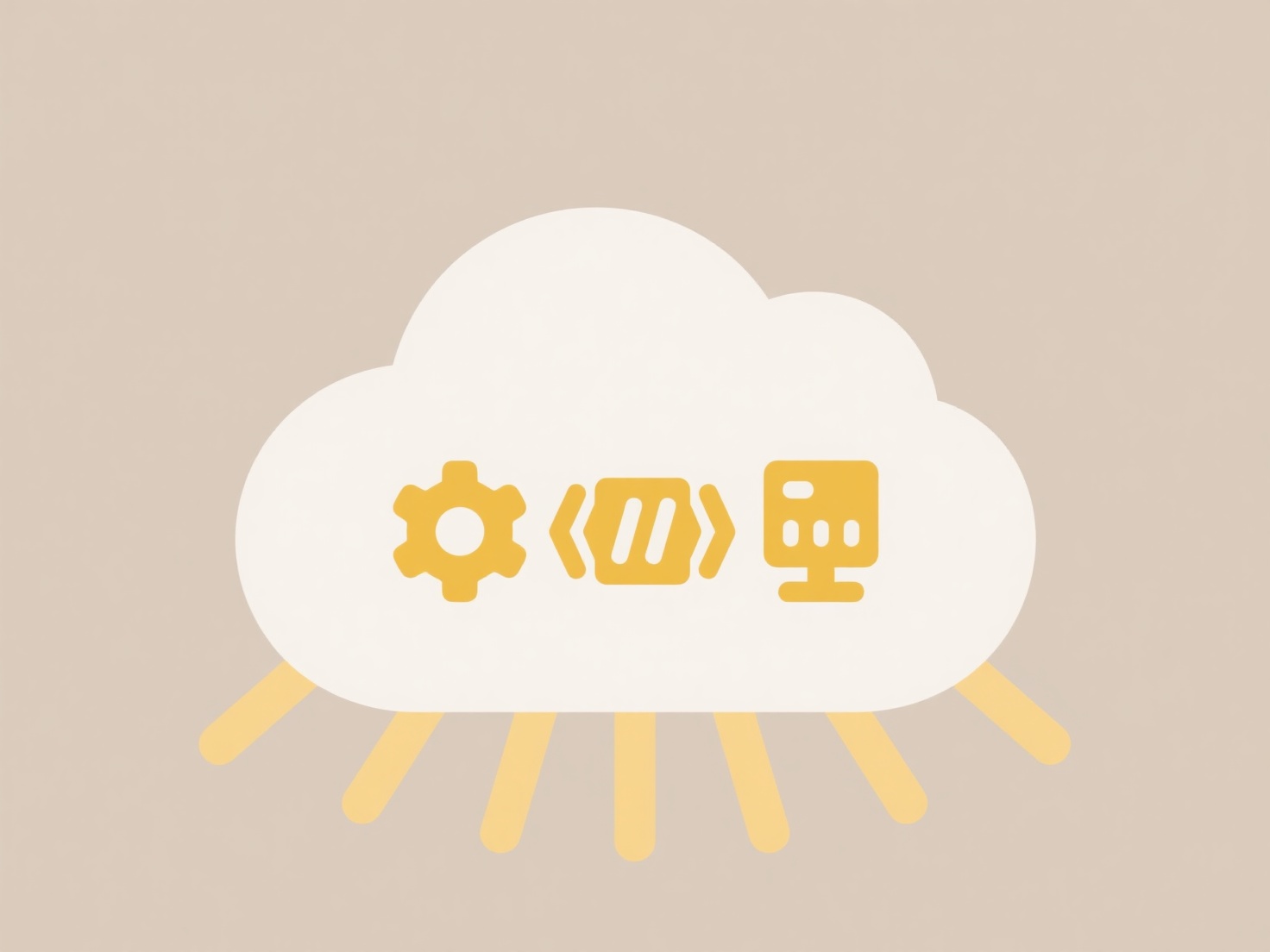
Files become unshared after renaming because most sharing systems use the file's full path, including its exact name, as a unique identifier for the share link. When you rename the file, this path changes. Consequently, the system treats the renamed file as a completely new or different item from the original one that the share link pointed to. The original share link still exists but now points to a location that no longer contains the file with the expected name, effectively breaking the connection.
For example, if you rename a shared document "Budget_Q1.xlsx" to "Budget_Q1_Final.xlsx" in a cloud storage service like OneDrive or Google Drive, anyone clicking the old share link will typically get an error message stating the file can't be found. Similarly, on a company file server using SMB shares, renaming a file disrupts access for users or systems relying on scripts mapped to its original name and location.

This behavior prioritizes stability and security by preventing accidental file substitutions where a renamed different file might inherit permissions unexpectedly. The main limitation is user confusion and disrupted workflows. Future solutions could involve share links referencing unique file IDs instead of paths, but widespread adoption depends on platform capabilities and balancing security with user experience. Workarounds include re-sharing the renamed file or updating shared folder contents instead of individual files.
Why do files become unshared after renaming?
Files become unshared after renaming because most sharing systems use the file's full path, including its exact name, as a unique identifier for the share link. When you rename the file, this path changes. Consequently, the system treats the renamed file as a completely new or different item from the original one that the share link pointed to. The original share link still exists but now points to a location that no longer contains the file with the expected name, effectively breaking the connection.
For example, if you rename a shared document "Budget_Q1.xlsx" to "Budget_Q1_Final.xlsx" in a cloud storage service like OneDrive or Google Drive, anyone clicking the old share link will typically get an error message stating the file can't be found. Similarly, on a company file server using SMB shares, renaming a file disrupts access for users or systems relying on scripts mapped to its original name and location.

This behavior prioritizes stability and security by preventing accidental file substitutions where a renamed different file might inherit permissions unexpectedly. The main limitation is user confusion and disrupted workflows. Future solutions could involve share links referencing unique file IDs instead of paths, but widespread adoption depends on platform capabilities and balancing security with user experience. Workarounds include re-sharing the renamed file or updating shared folder contents instead of individual files.
Quick Article Links
Why can’t I find a file someone shared with me?
This typically occurs when the shared file isn't readily accessible within your personal storage areas. File sharing rel...
How can I transfer and open files between phone and computer?
Transferring and opening files between your phone and computer involves moving digital content like photos, documents, o...
Can network drives cause duplication issues?
Network drives are shared storage locations accessed over a network. They can indeed lead to file duplication issues. Th...